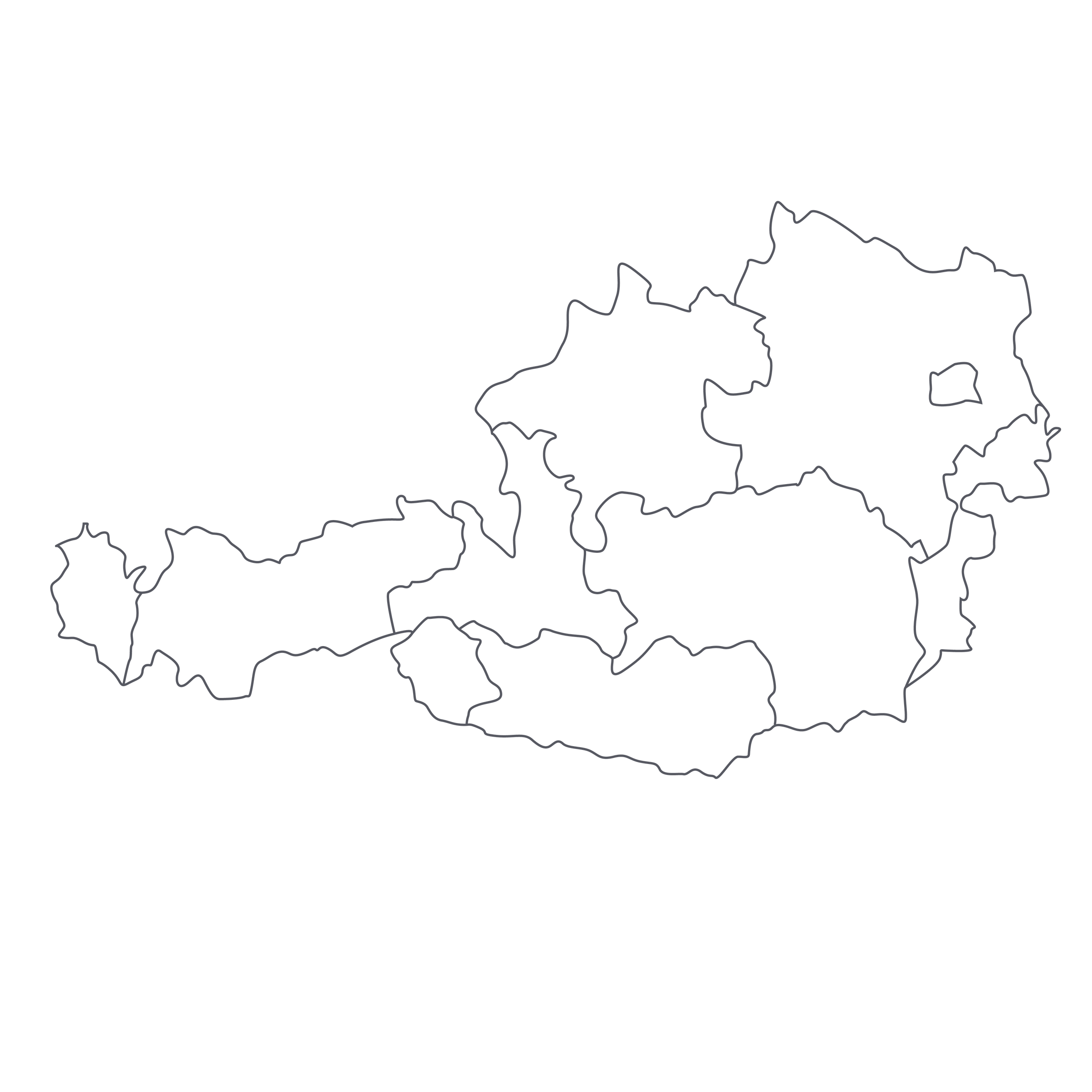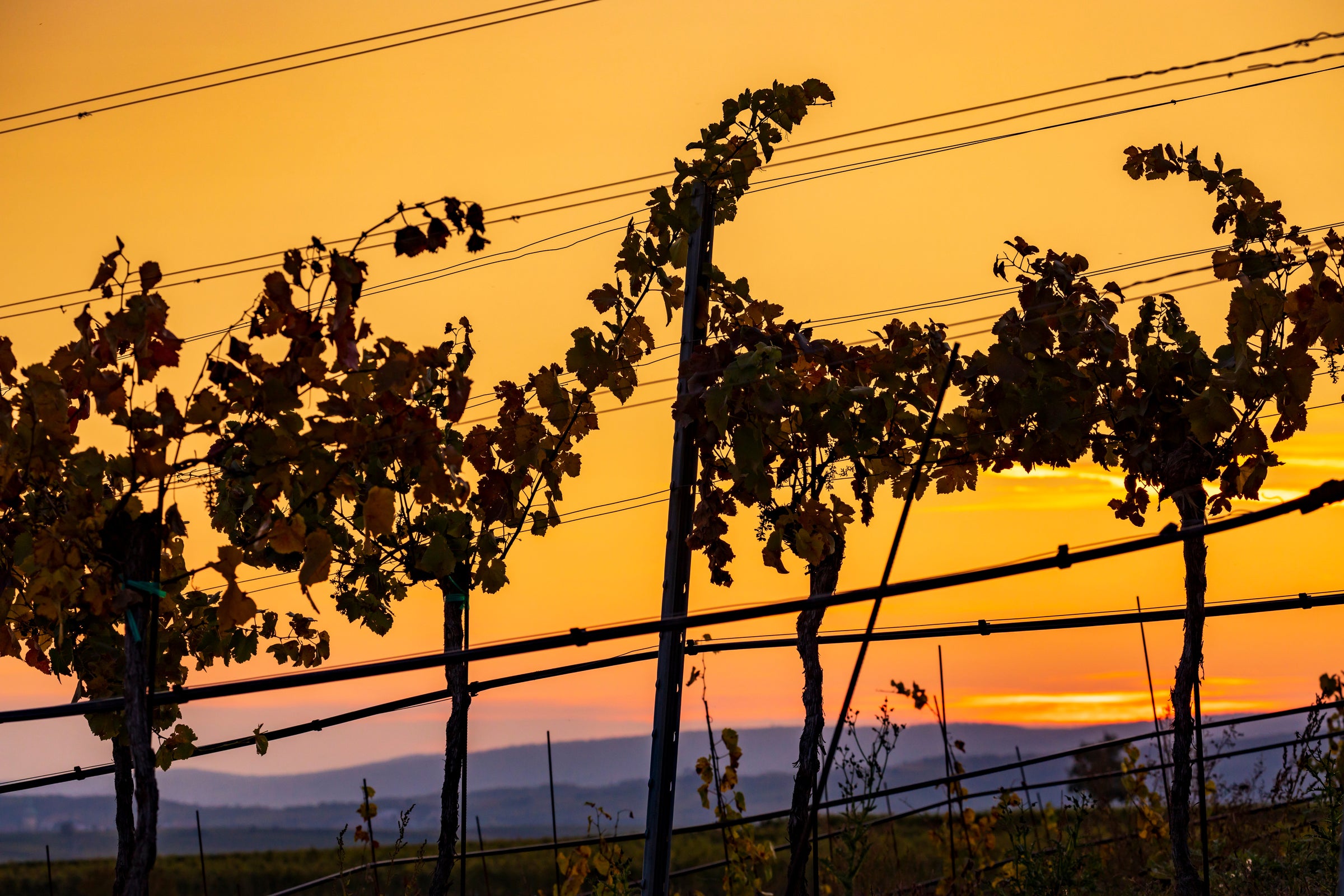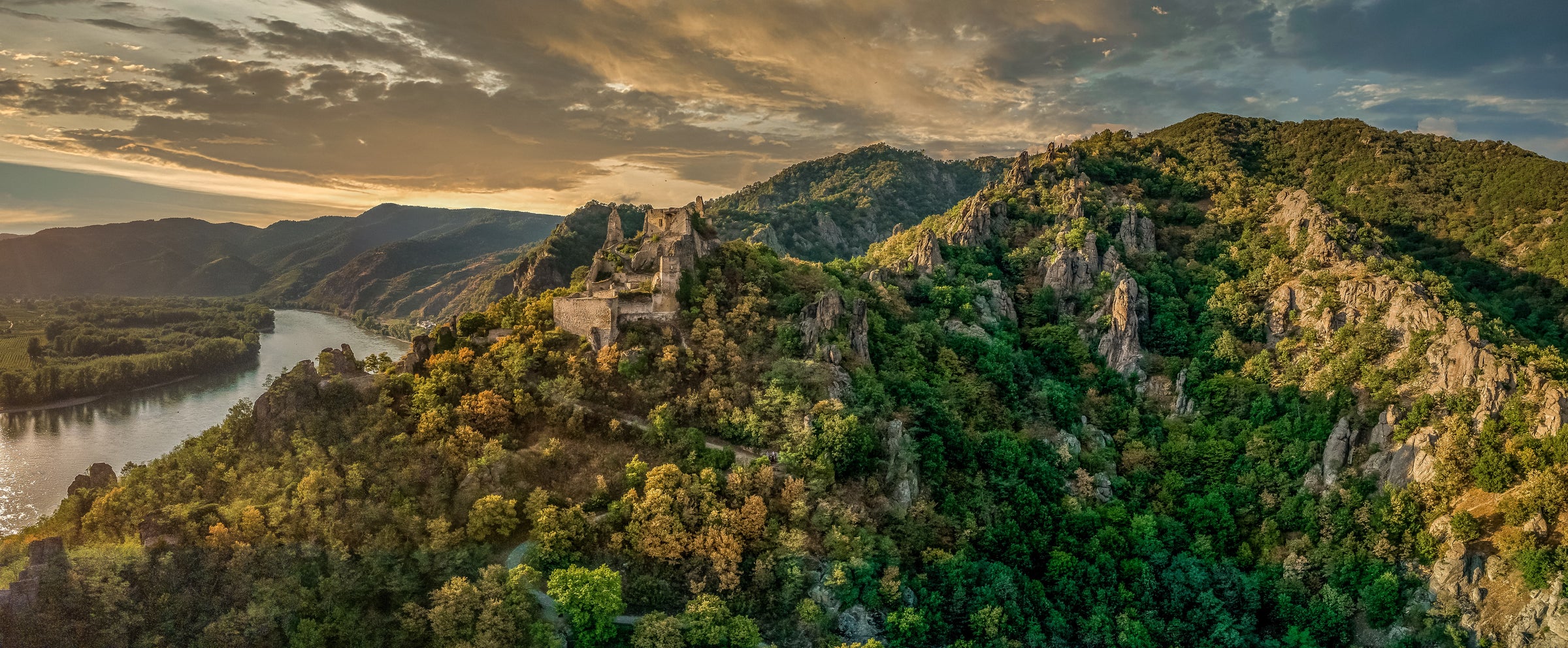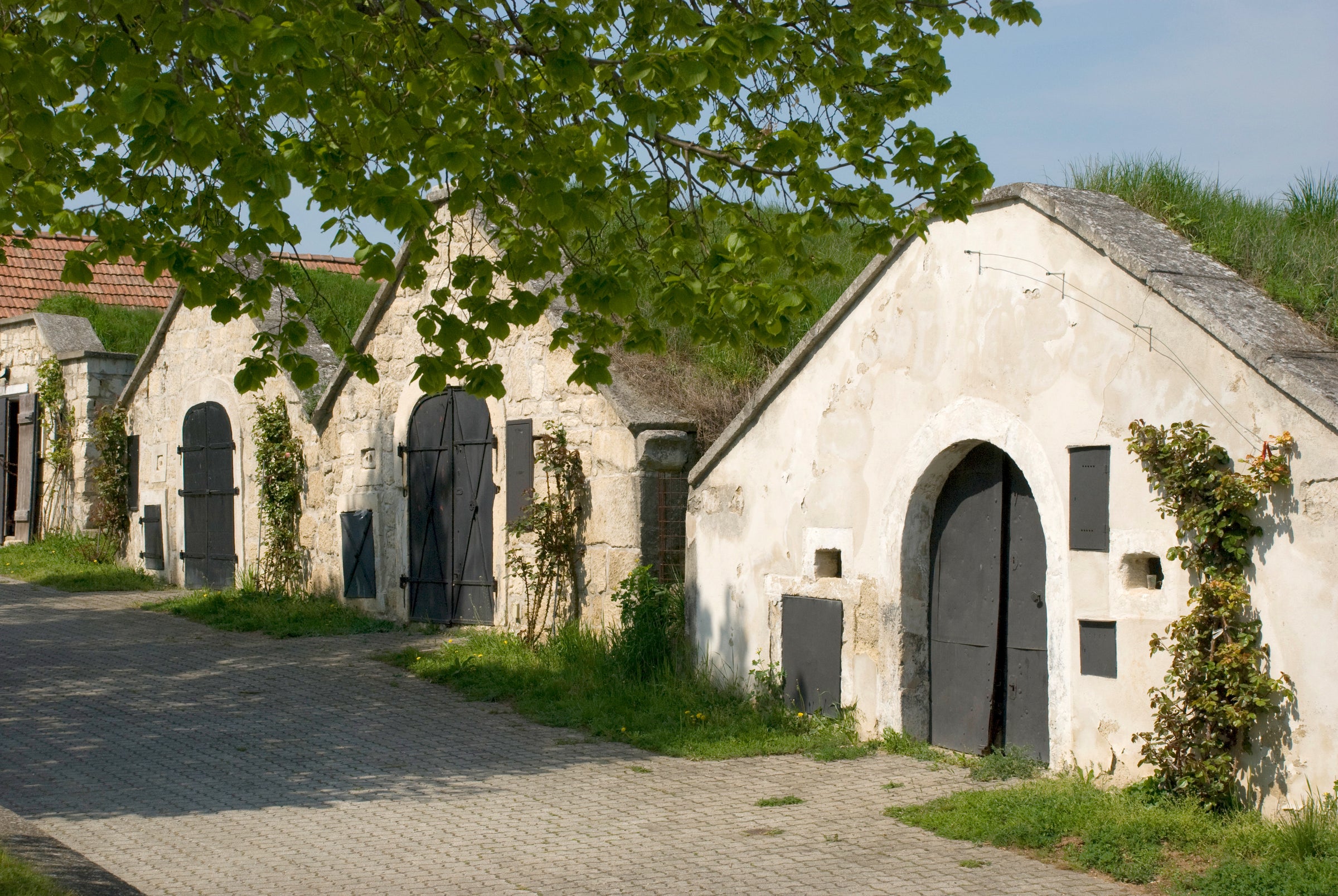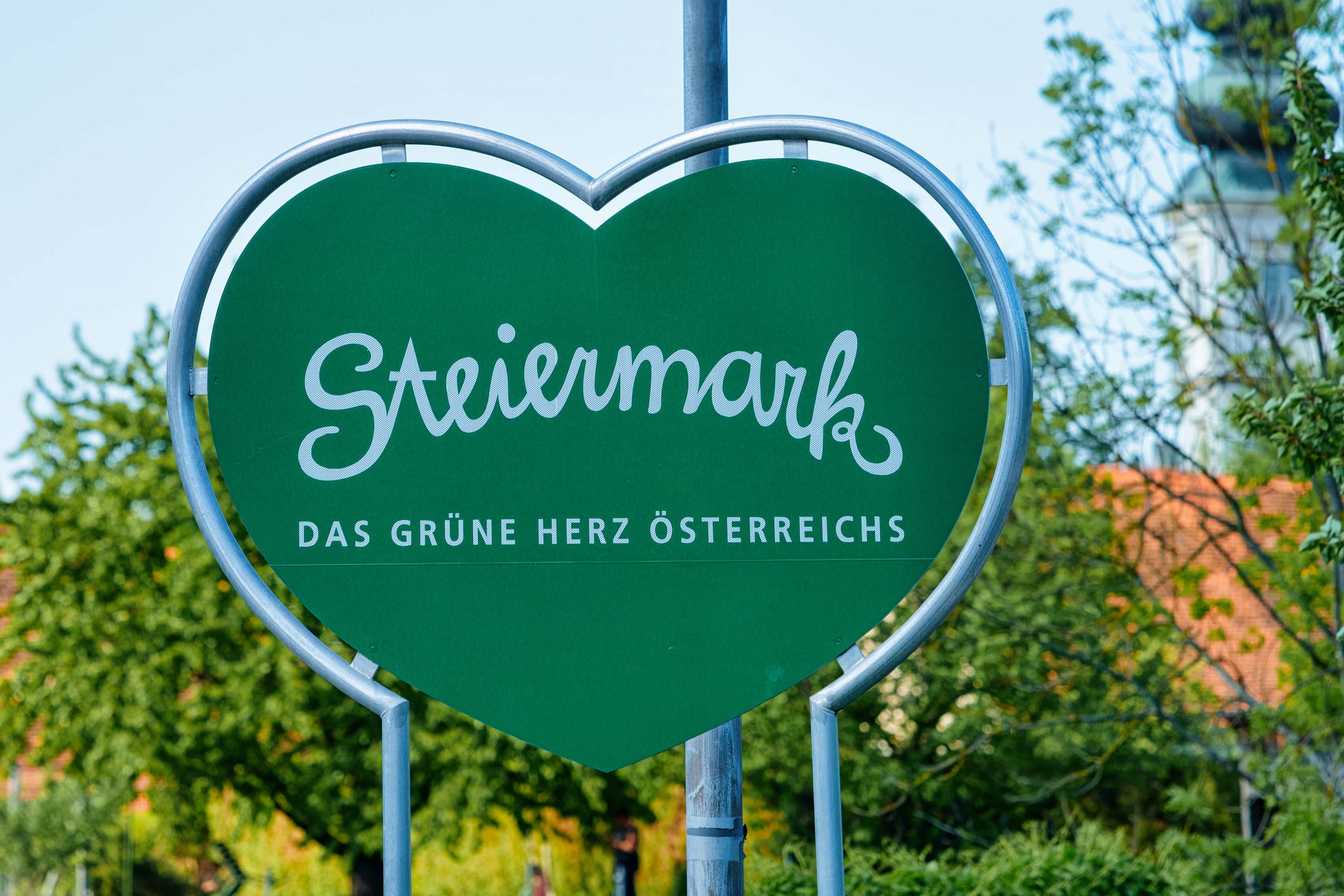I didn’t set out to be the “weird wine guy” around here, but I’ll happily embrace the role if the weird wines continue to be as good as today’s. We’ve never offered a wine from the Sankt Laurent grape before, but this is our third or fourth visit to Austria’s Burgenland region, which continues to intrigue us with red wines, from native grapes, offering unbelievable value for dollar.
As I noted in another recent offer, life is too short to drink generic wine—which, unfortunately, is the lion’s share of what’s typically available at this price point. You’re not likely to see this red in the supermarket, or on many store shelves at all, and even if you did, chances are you’d pass it over. Red wine from Austria? From what grape? You couldn’t be blamed for fearing the unfamiliar, or for thinking ‘white first’ when thinking of Austria, but I’m here to tell you that you disregard the Burgenland—and Umathum especially—at your own peril. These wines are simply too good, and too well-priced, to ignore. Josef “Pepi” Umathum is a highly regarded red wine specialist working not just with Sankt Laurent (which may count Pinot Noir as a parent) but other indigenous grapes such as Zweigelt and Blaufränkisch. All are reference points, and all are exceptionally smart buys. We’ll start here, with his Sankt Laurent, and its ultra-refreshing melding of dark, berries-off-the-bush fruit and crushed-rock minerality. The only thing to fear is not getting enough, as I’ve yet to encounter a better light red value for the summer ahead.
This is the value proposition that is central to so many of our offers—this is a unique regional wine, with genuine character, made with conscientiously farmed, estate-grown grapes. It has every right to cost more than $24, but somehow, it doesn’t. So much of what we do, and what good restaurant sommeliers do, is a variation on this theme. And, more often than not, it’s wines like this that get (good) sommeliers the most excited about their work.
As researchers continue to comb through the DNA of the world’s trove of native grape varieties, there’s yet to be consensus as to the origins of Sankt Laurent. It is an “autochtonous” variety, meaning it’s the product of natural cross-breeding or mutation in a specific growing zone (essentially a fancy way of saying “native”). What’s noteworthy is that a majority of experts believe one of Sankt Laurent’s genetic “parents” to be Pinot Noir. The other parent has yet to be identified, but I repeat…Pinot Noir!
No doubt that alone is enough for some people, but in fact Sankt Laurent, while sharing Pinot’s soft tannins and bright acidity, is otherwise quite distinct from its world-famous ancestor. It is darker in both color and flavor, and a little plumper and rounder in texture. It is named for a Saint’s Day Austrian vintners celebrate on August 10th—around the time when grapes begin to change color (veraison in French).
As noted above, Umathum’s production is predominantly of red wine (85%) grown in the rolling hills around Lake Neusiedl, a subzone of the broader Burgenland DAC. Called Neusiedlersee, this subzone is at Burgenland’s northern end, not far from Austria’s border with Hungary. Considered Austria’s premier red-wine growing zone, it is essentially part of the Pannonian plain, with hot, dry conditions in the summer and relatively mild winters. Soils are predominantly sandy loam with some gravel and silt, and in addition to red wines, the Neusiedlersee is a source of some of the world’s best botrytis-affected sweet wines.
Josef Umathum applies organic and biodynamic principles in farming his 60 hectares of vines, which are situated on the north and east sides of Lake Neusiedl. Today’s wine is his ‘entry level’ Sankt Laurent bottling, sourced from several different vineyards and aged in large Austrian oak casks for a year before bottling. It then spent additional time aging in bottle before release. It has evolved into a well-knit and balanced red, with an inky, almost black hue but none of the raw, tutti-fruttiness that plagues so many wines at this price point. The aromas meld blackberry, black currant, mulberry, and other dark, brambly berries with more savory notes of black tea, tar, violets, dark chocolate, and crushed black rocks. And I love the texture: It’s a medium-bodied wine with an appealing plumpness, but it is simultaneously bright and refreshing. It starts out mouth-coating and rich then buttons up with a black-peppery flourish on the finish. Count me in for multiple bottles of this red, well-chilled, with some barbecue off the grill. There’s no heavy tannin or alcohol to clash with any heat from spice you may choose to add, and while it is drinking beautifully now, I could also see it improving over the short term. Serve it at 55-60 degrees in Bordeaux stems and marvel at what a complex, fully realized wine you got for $25. We’re never going to settle for generic, and neither should you!


